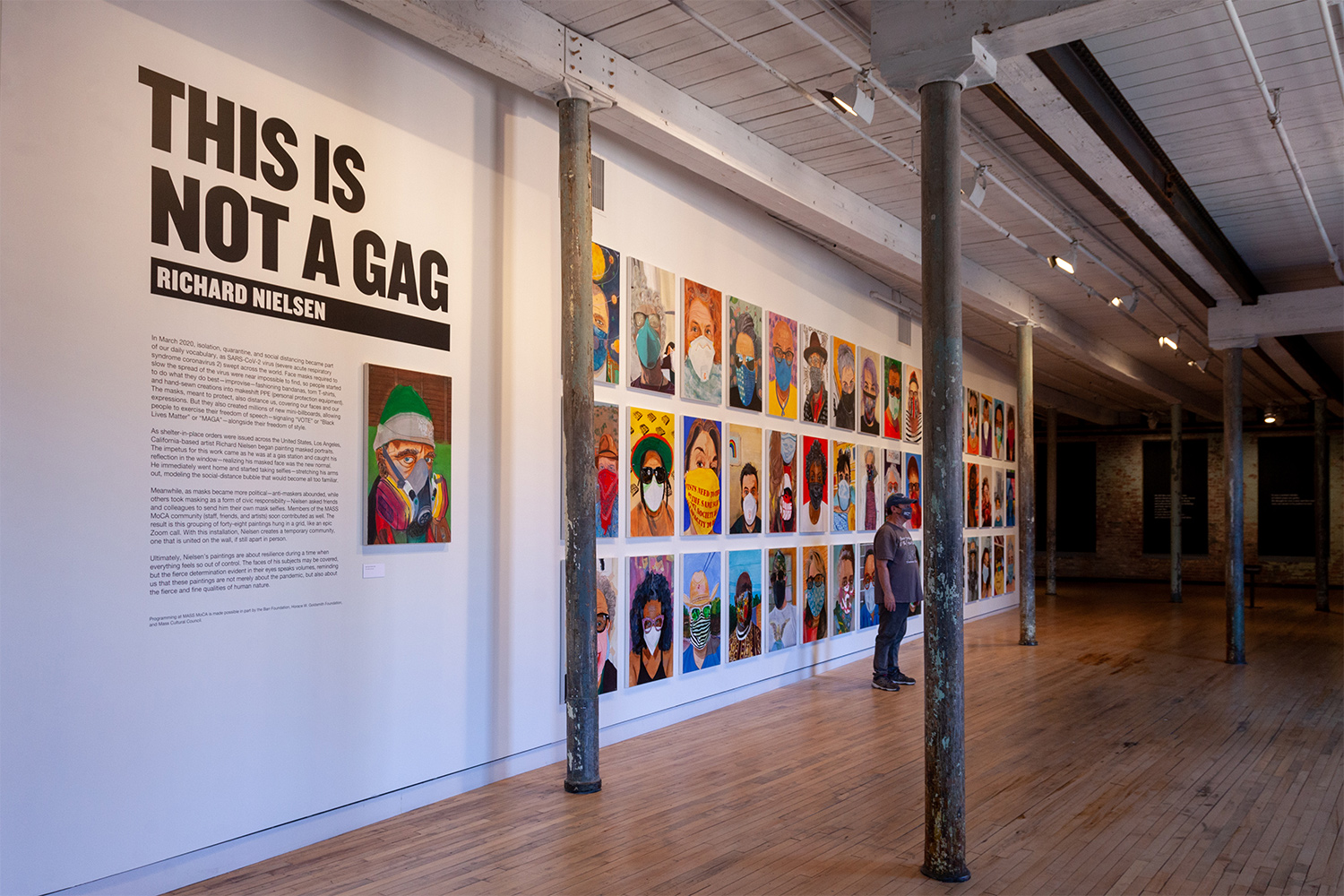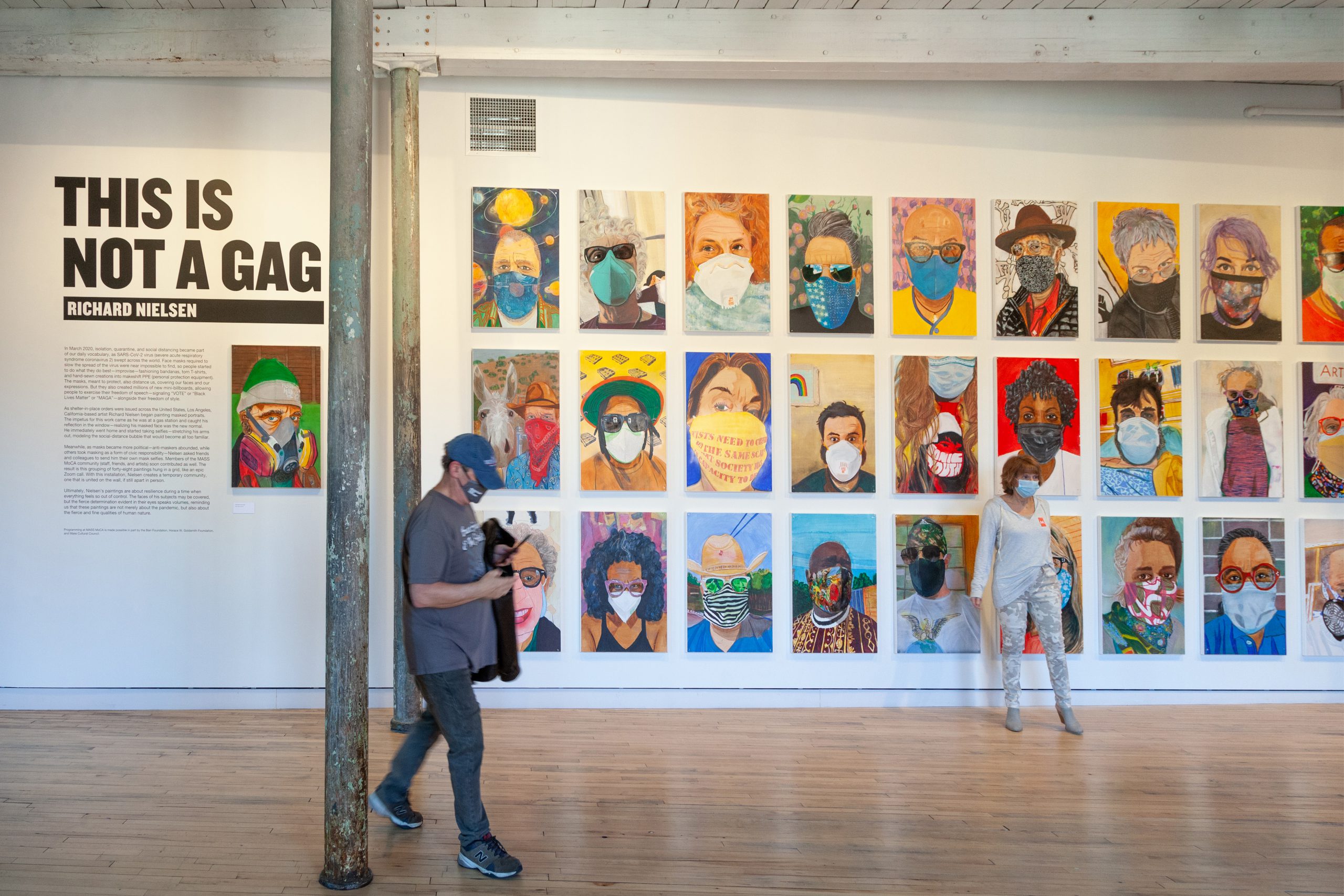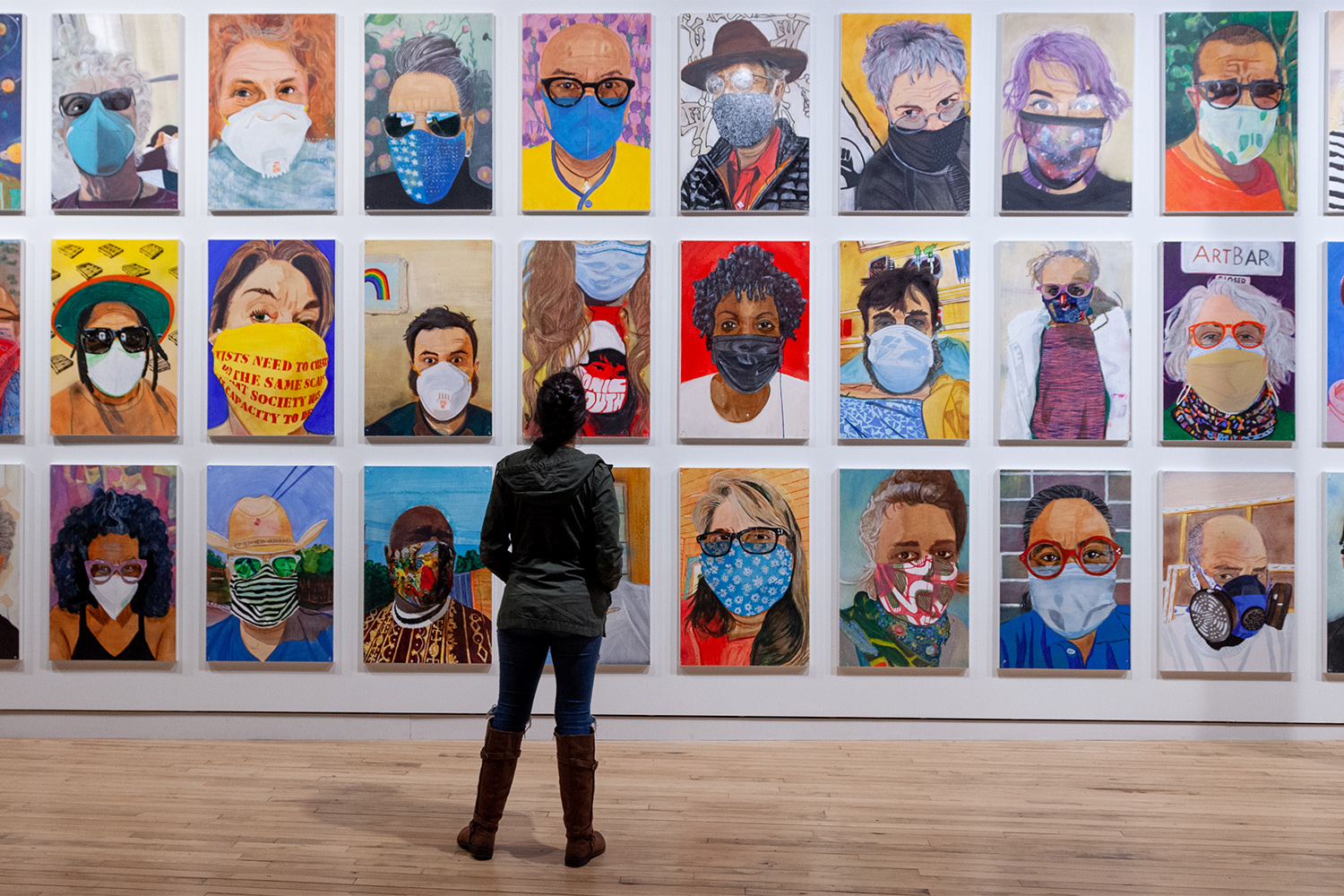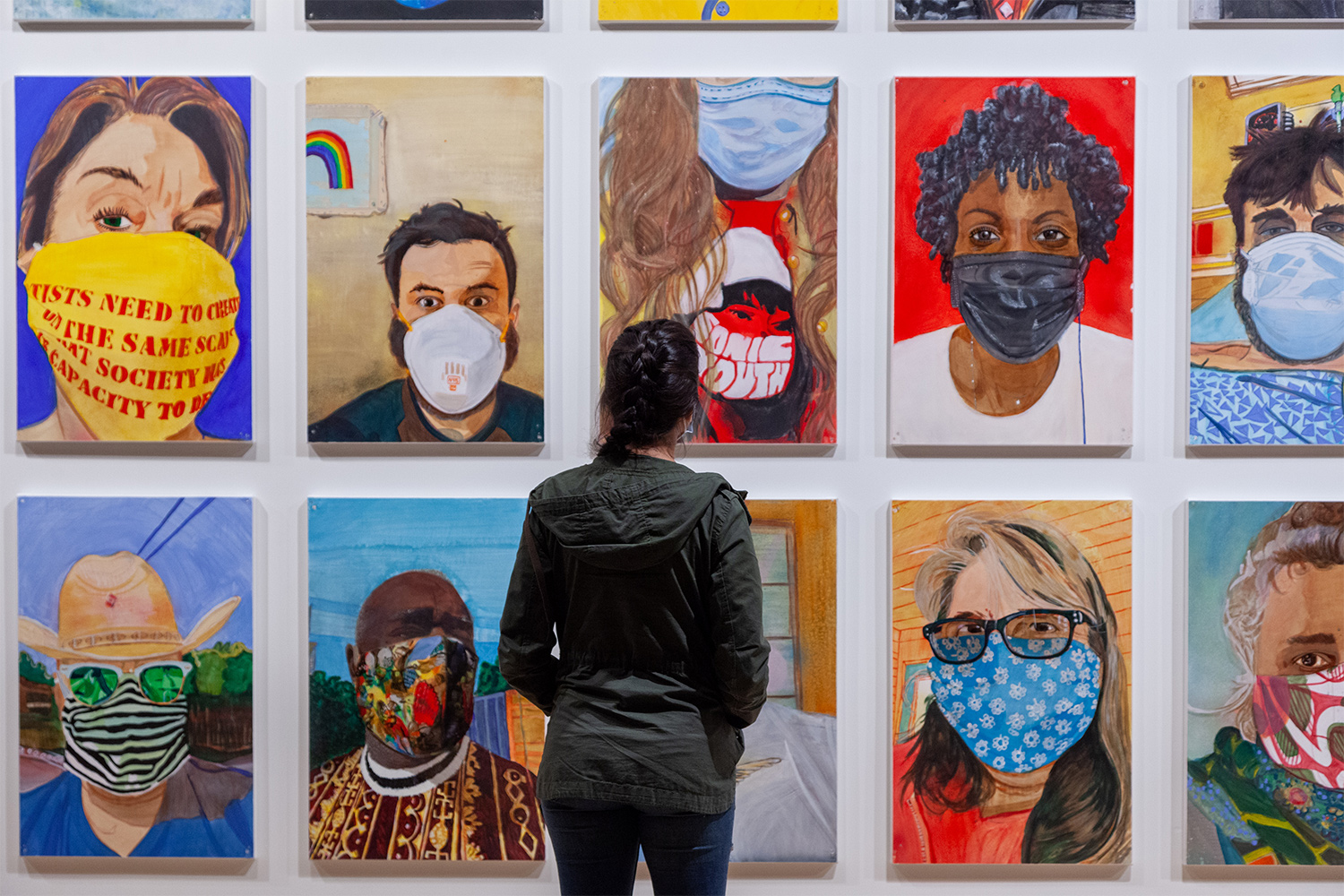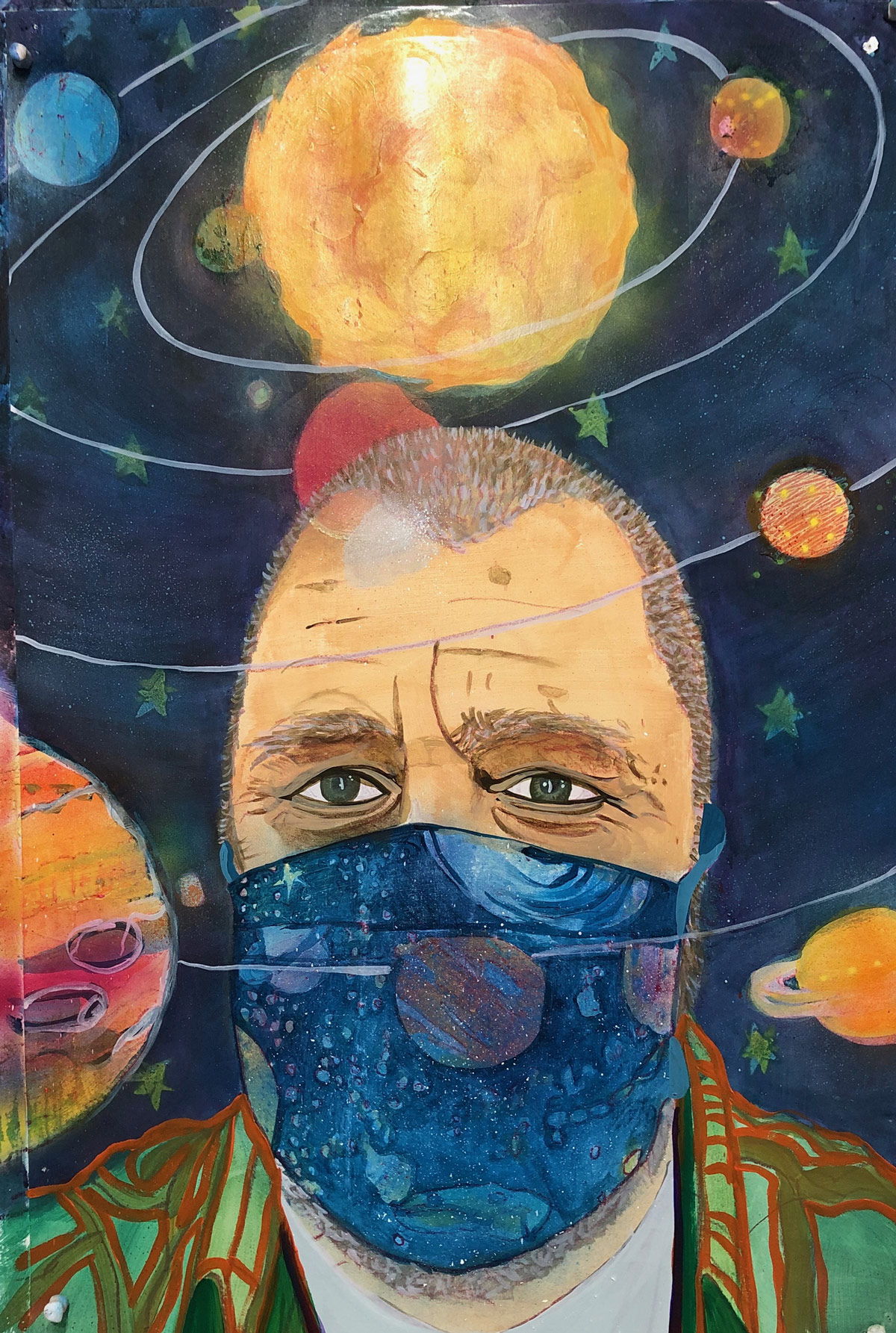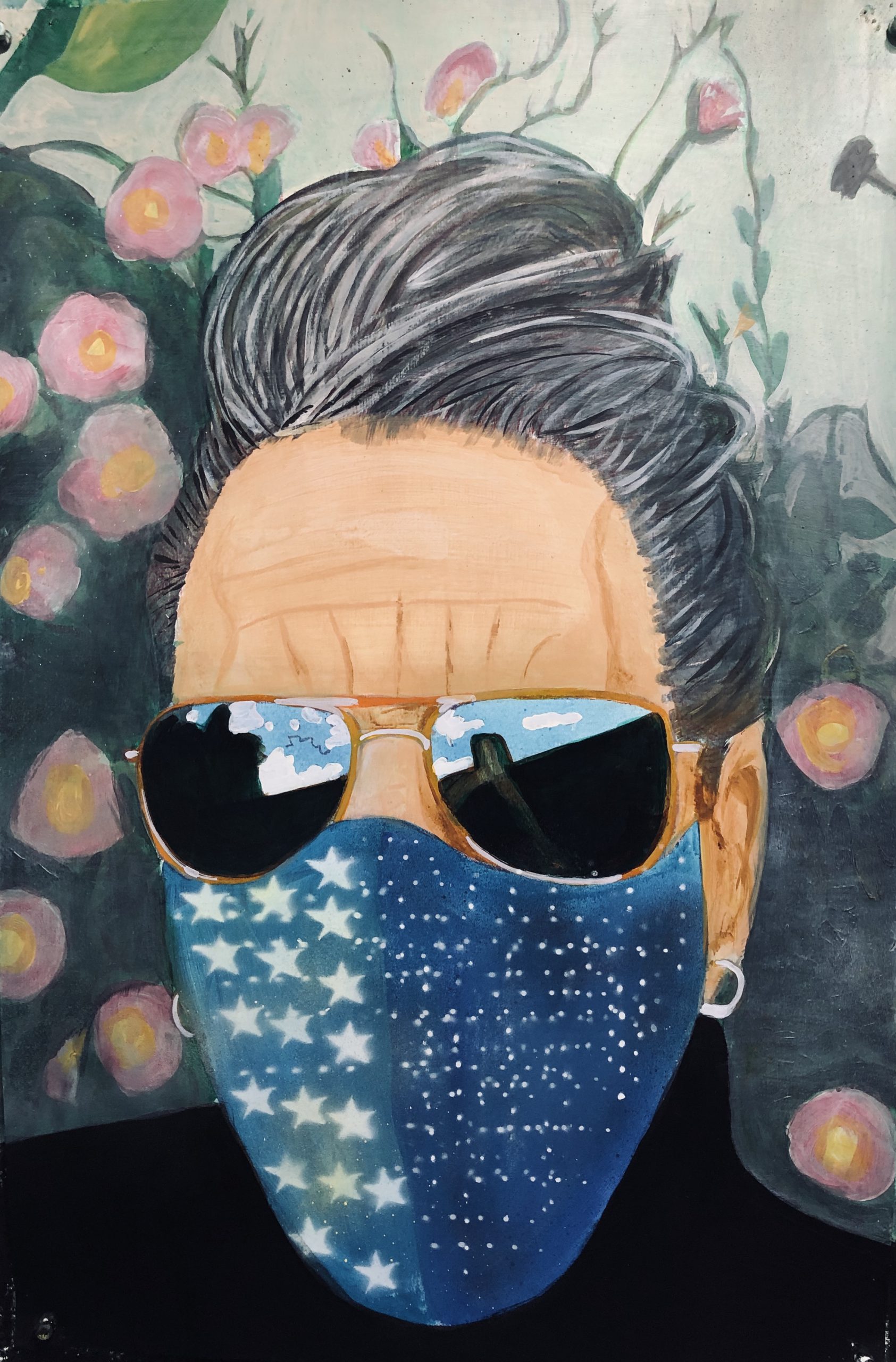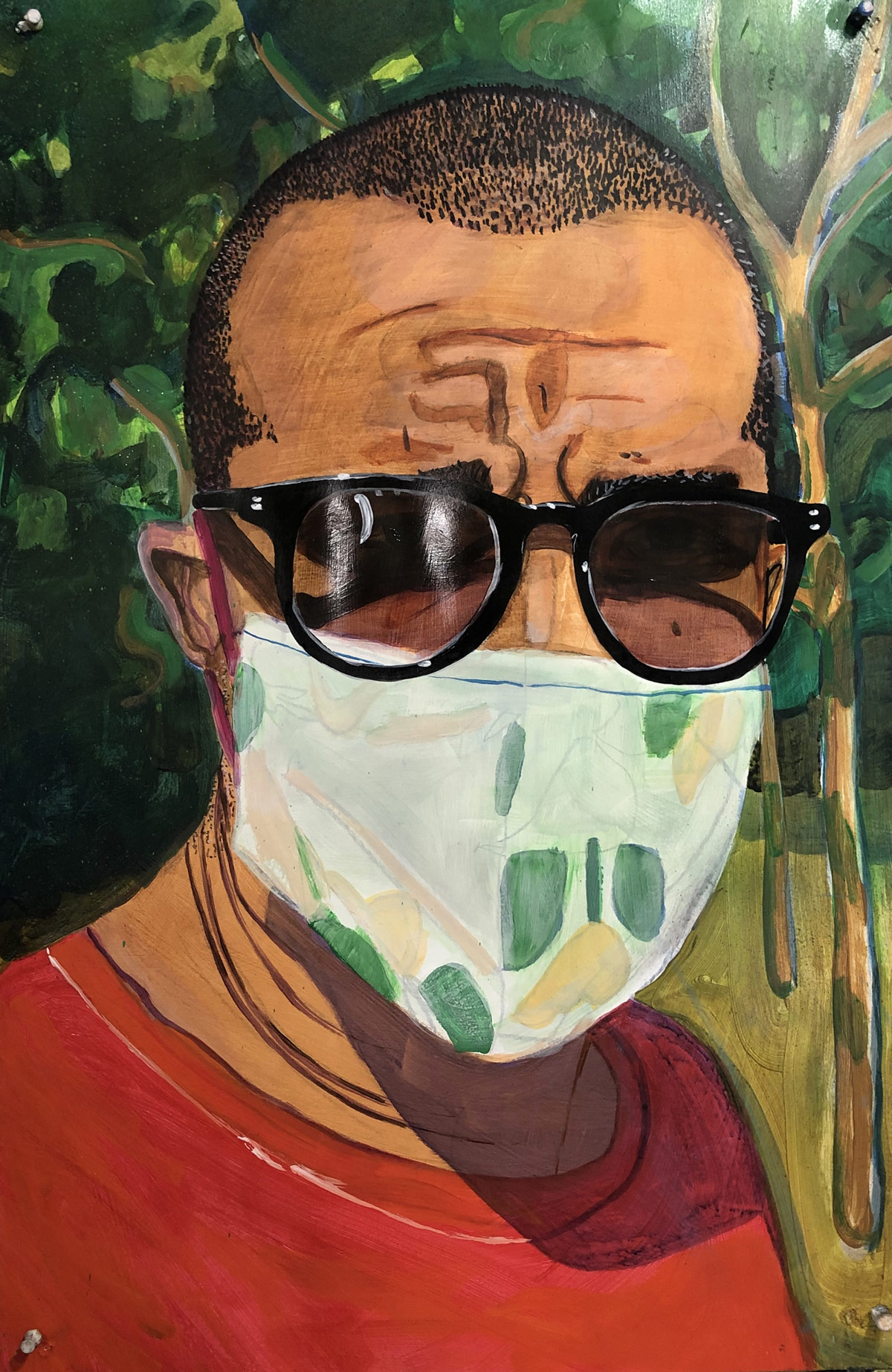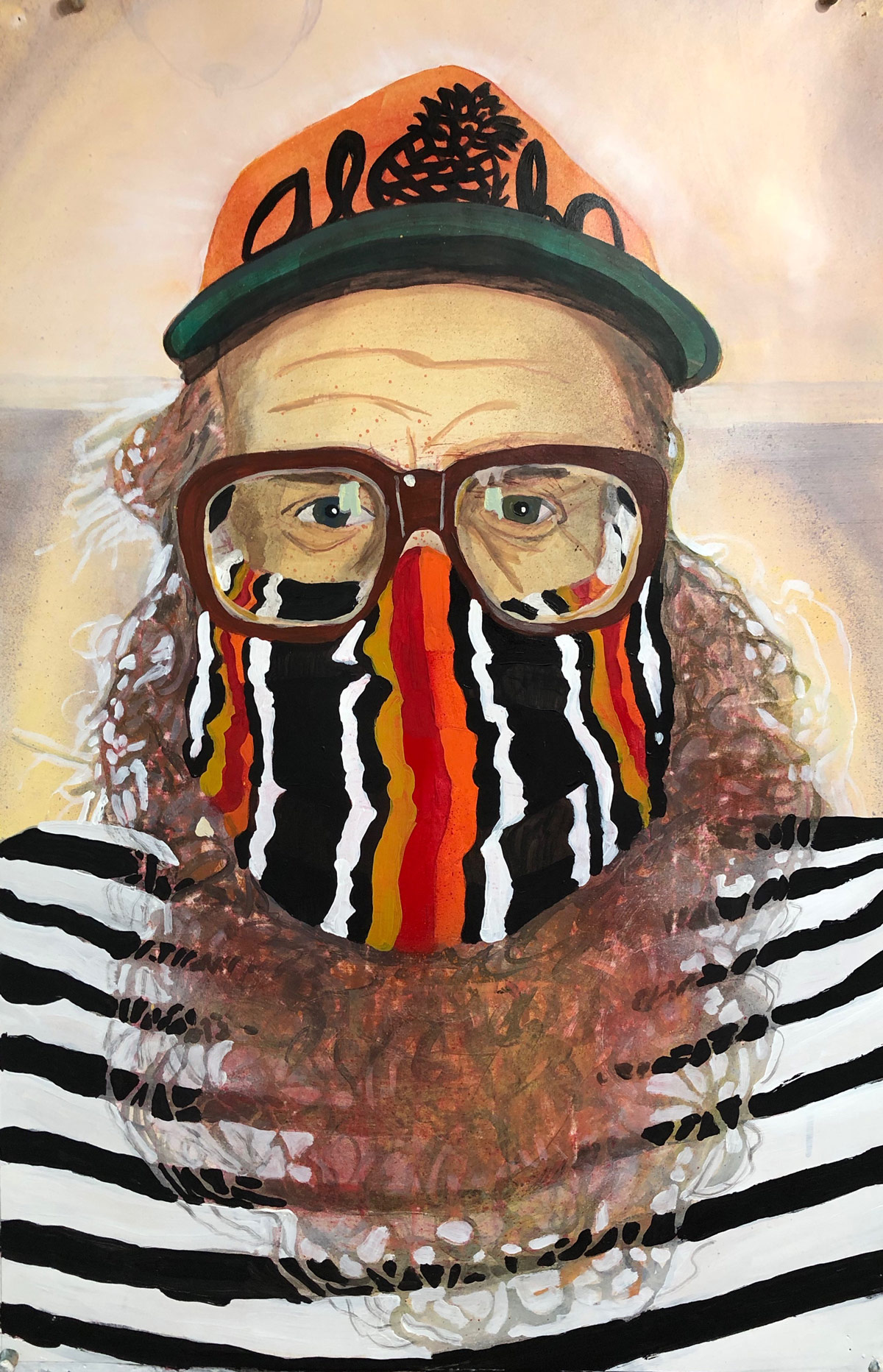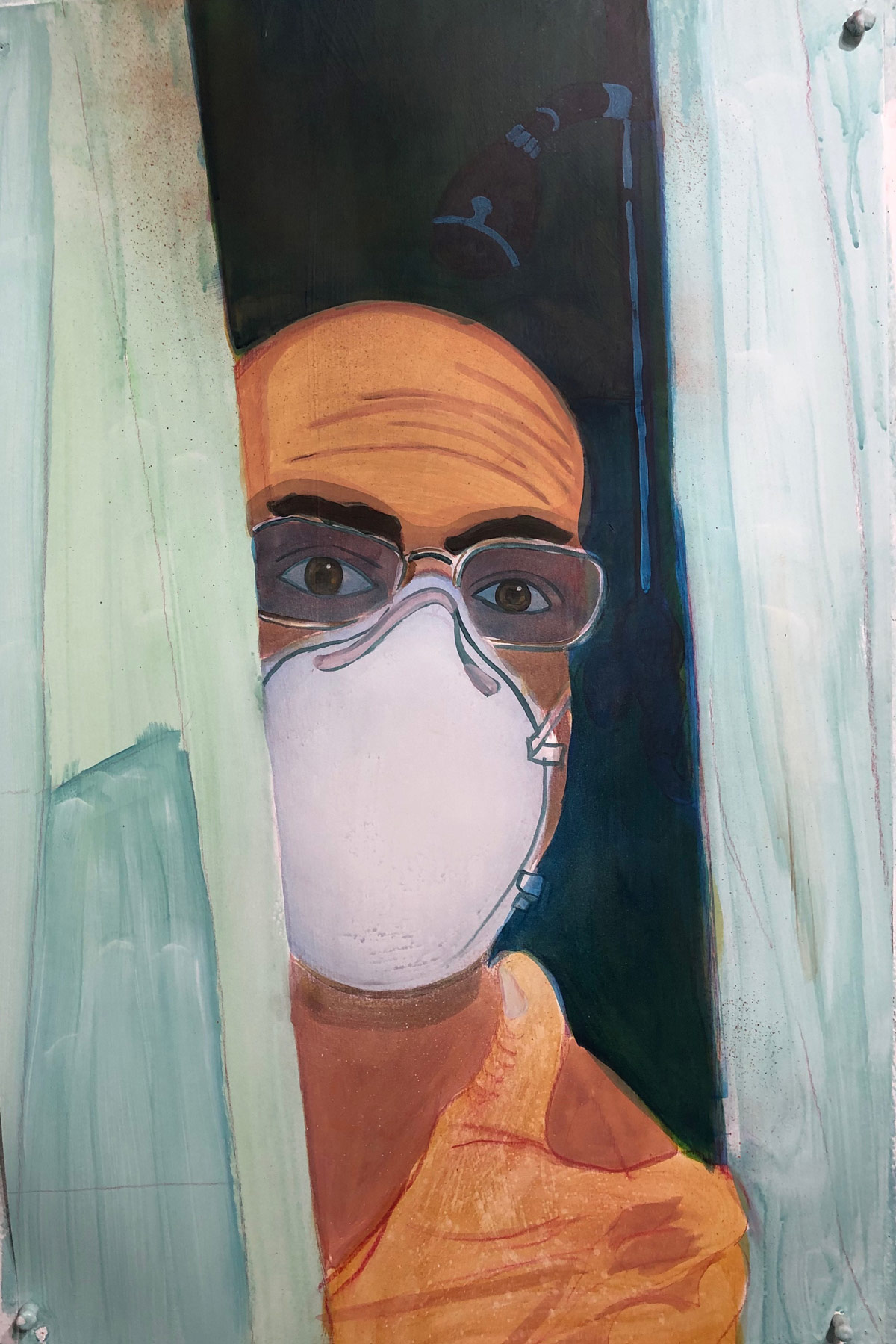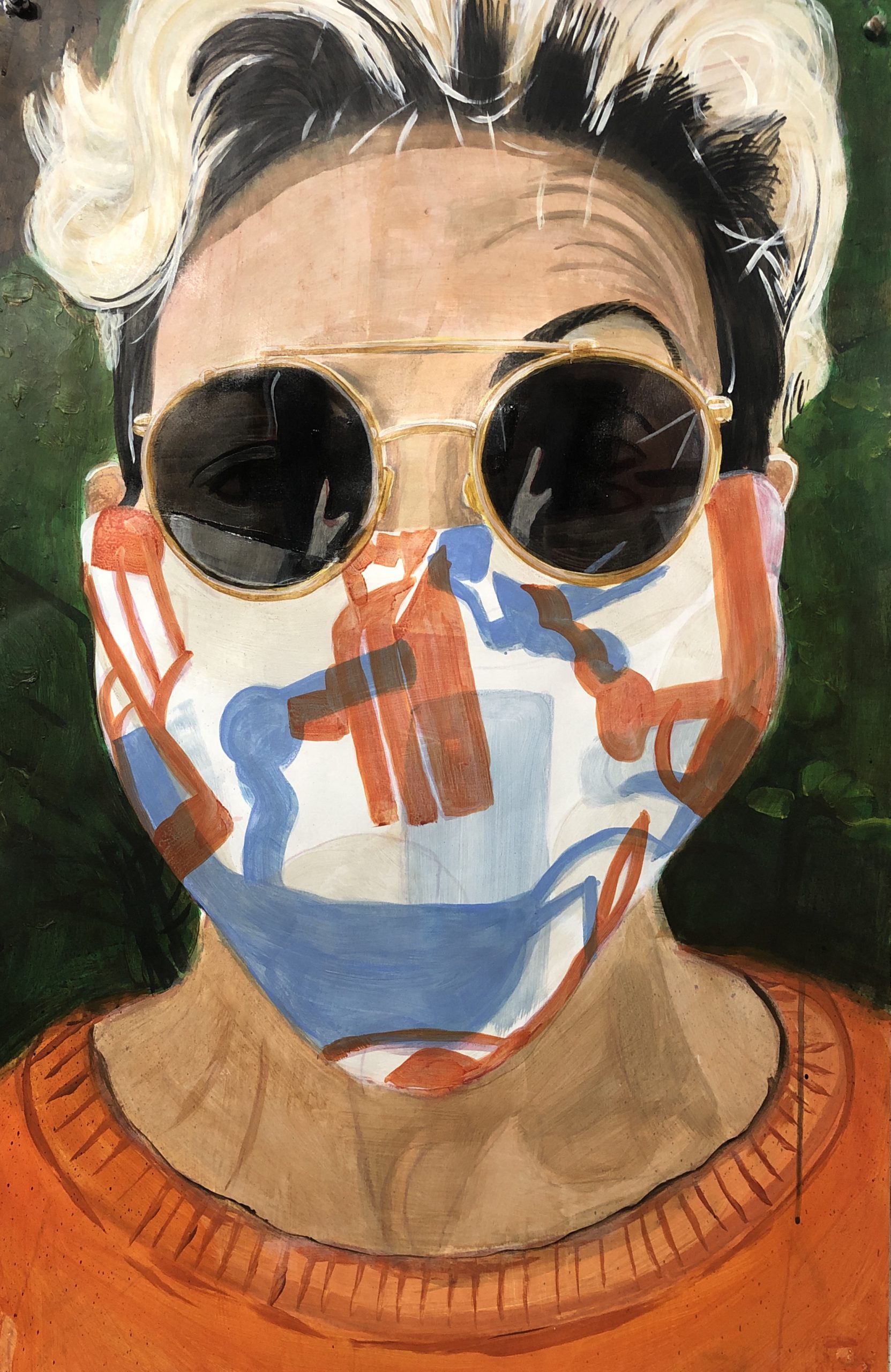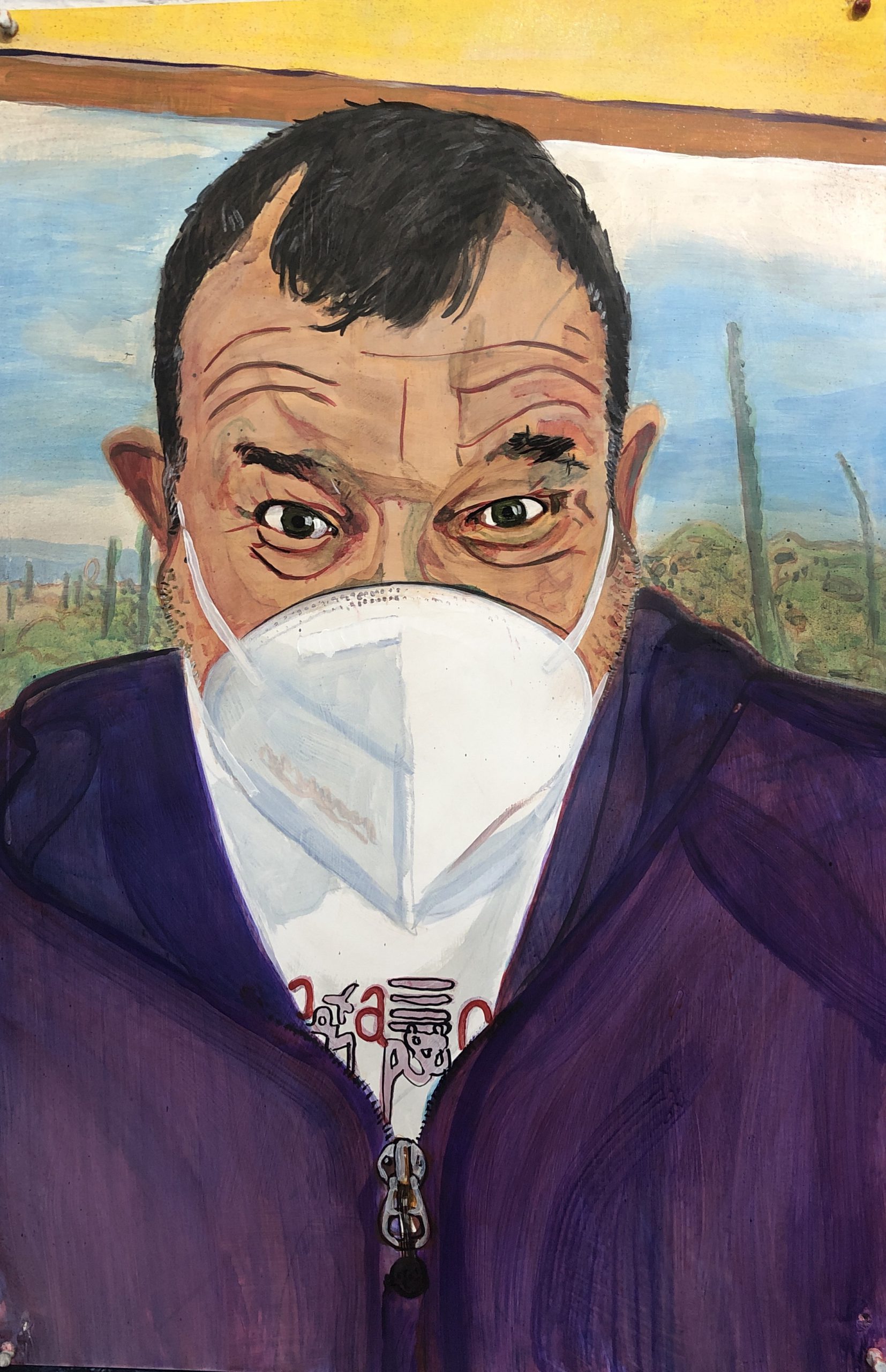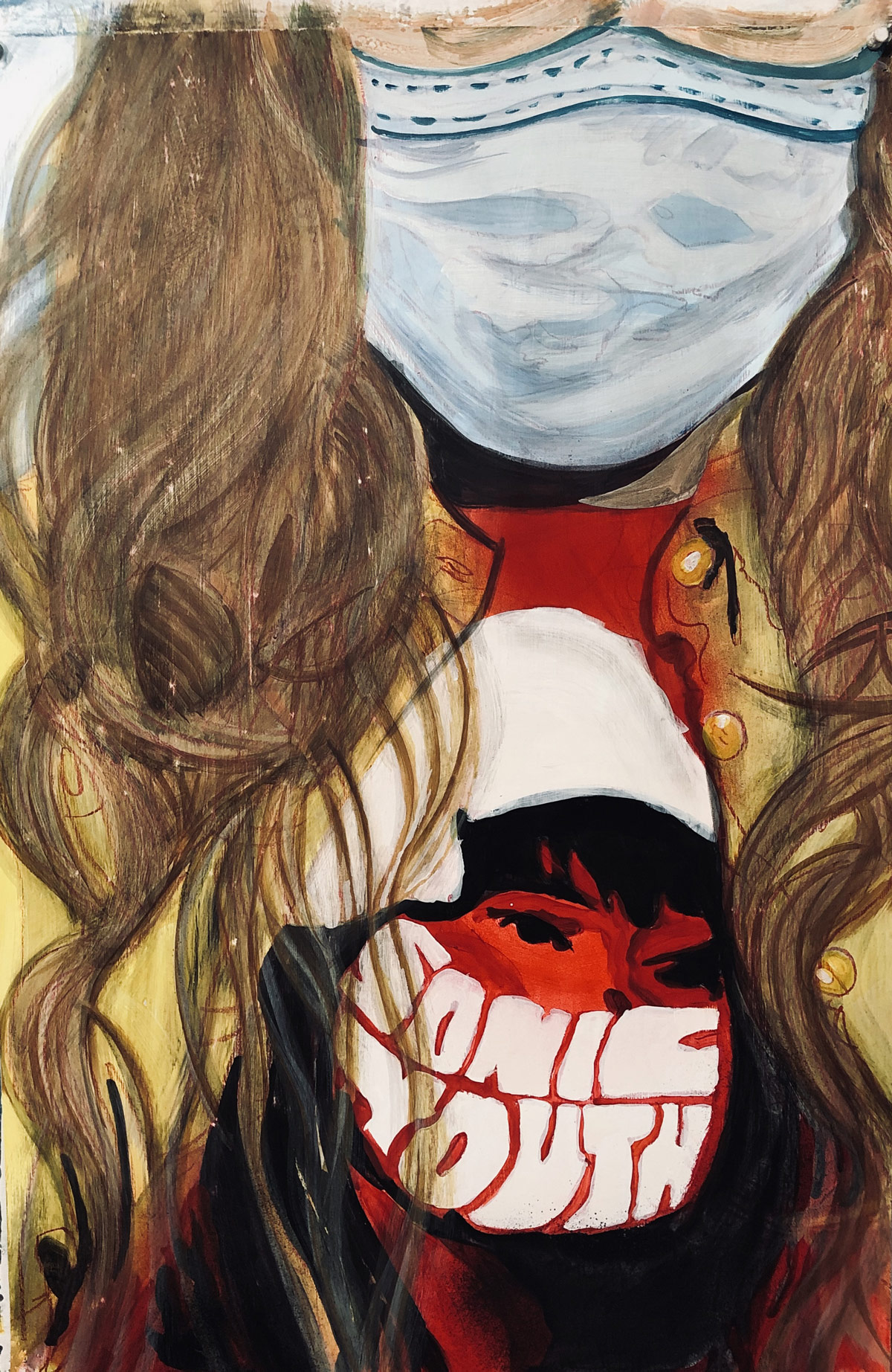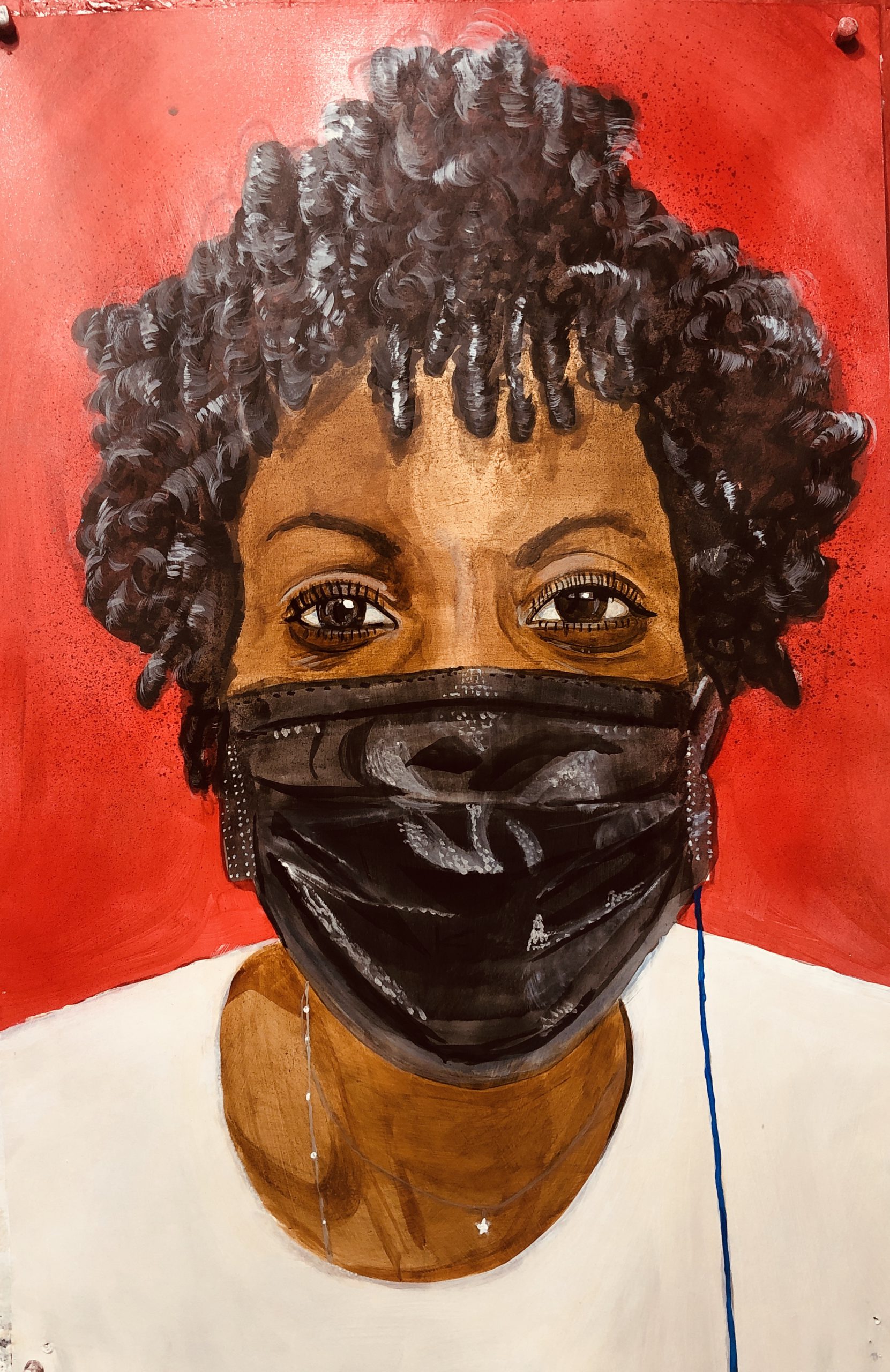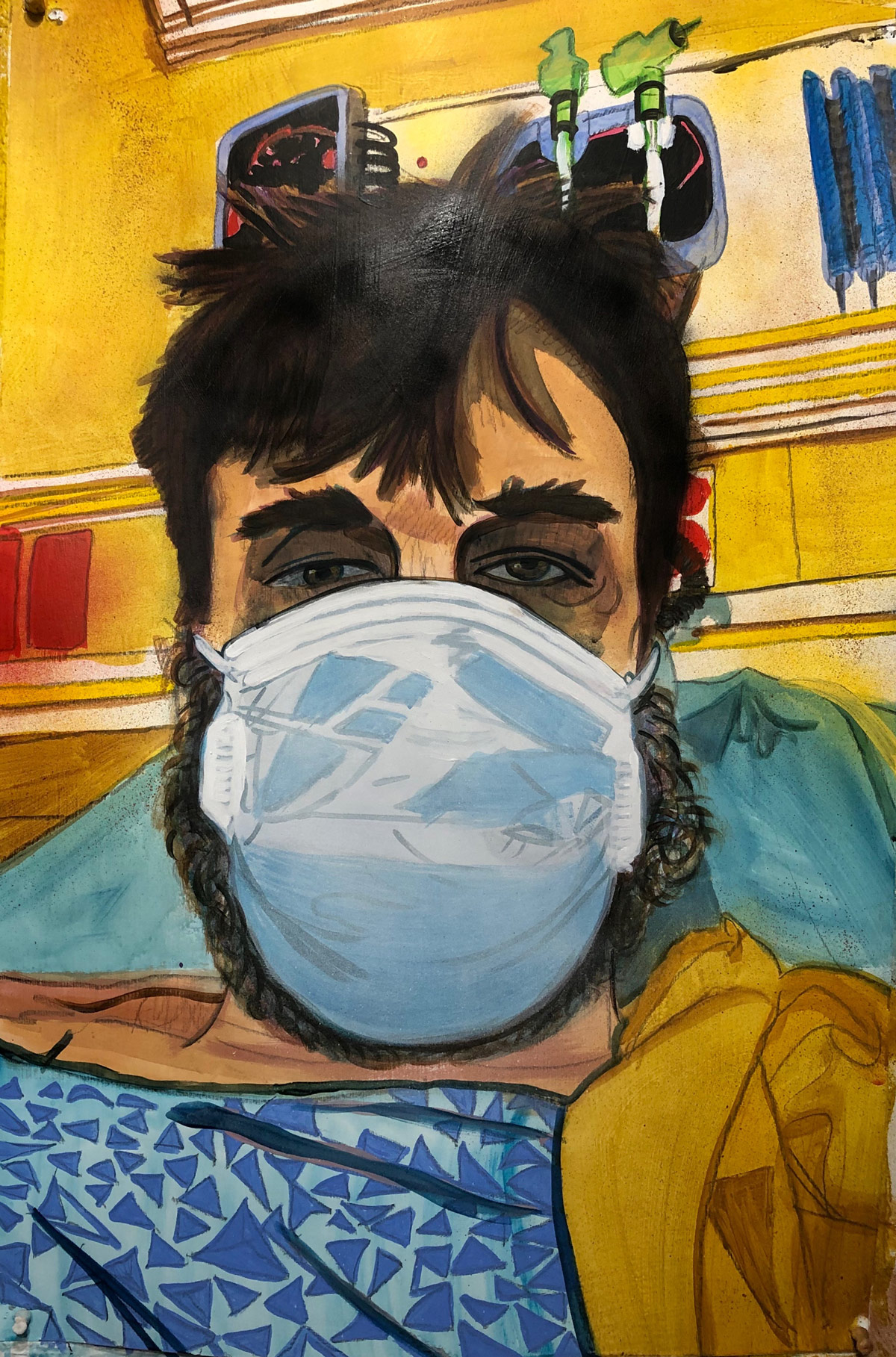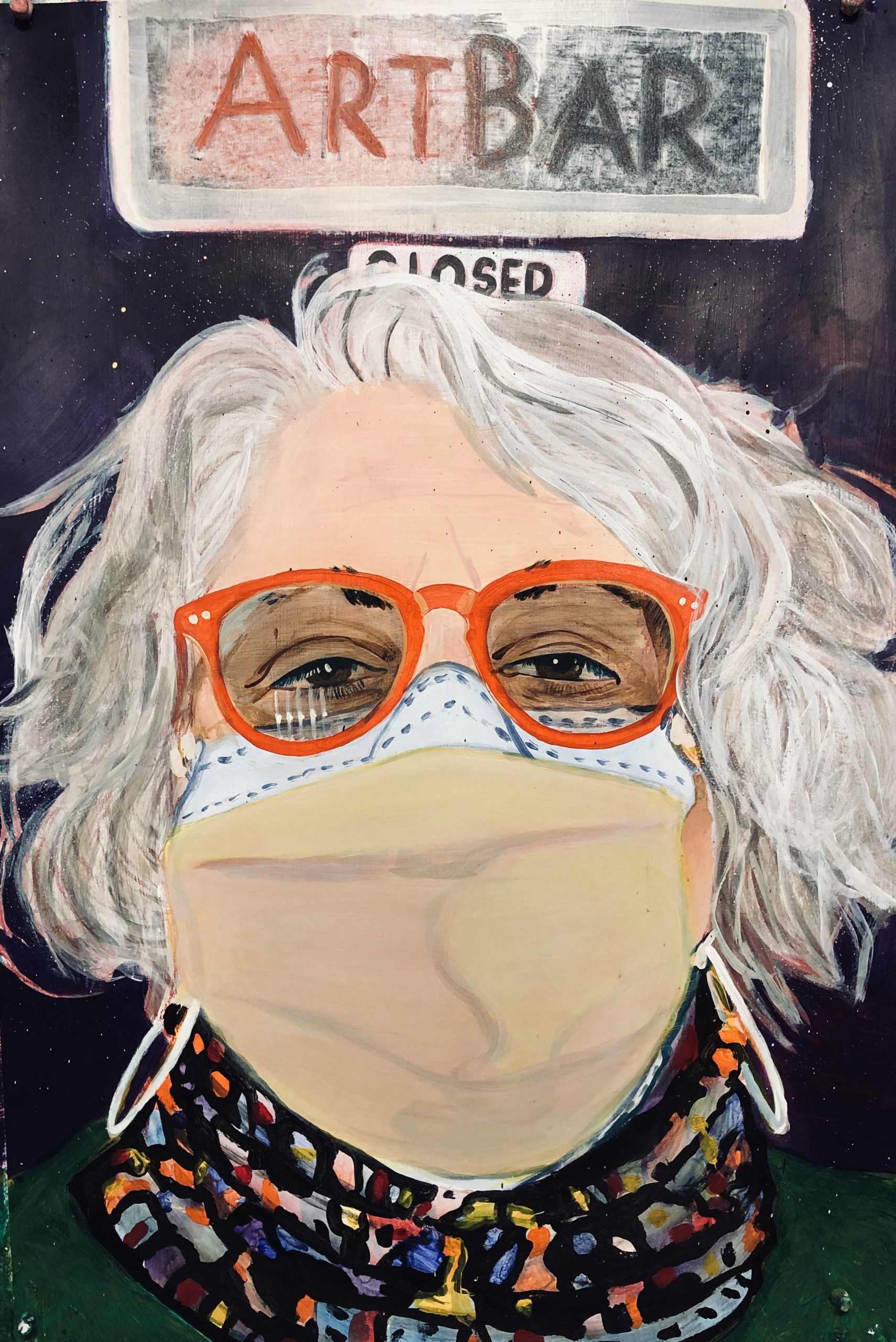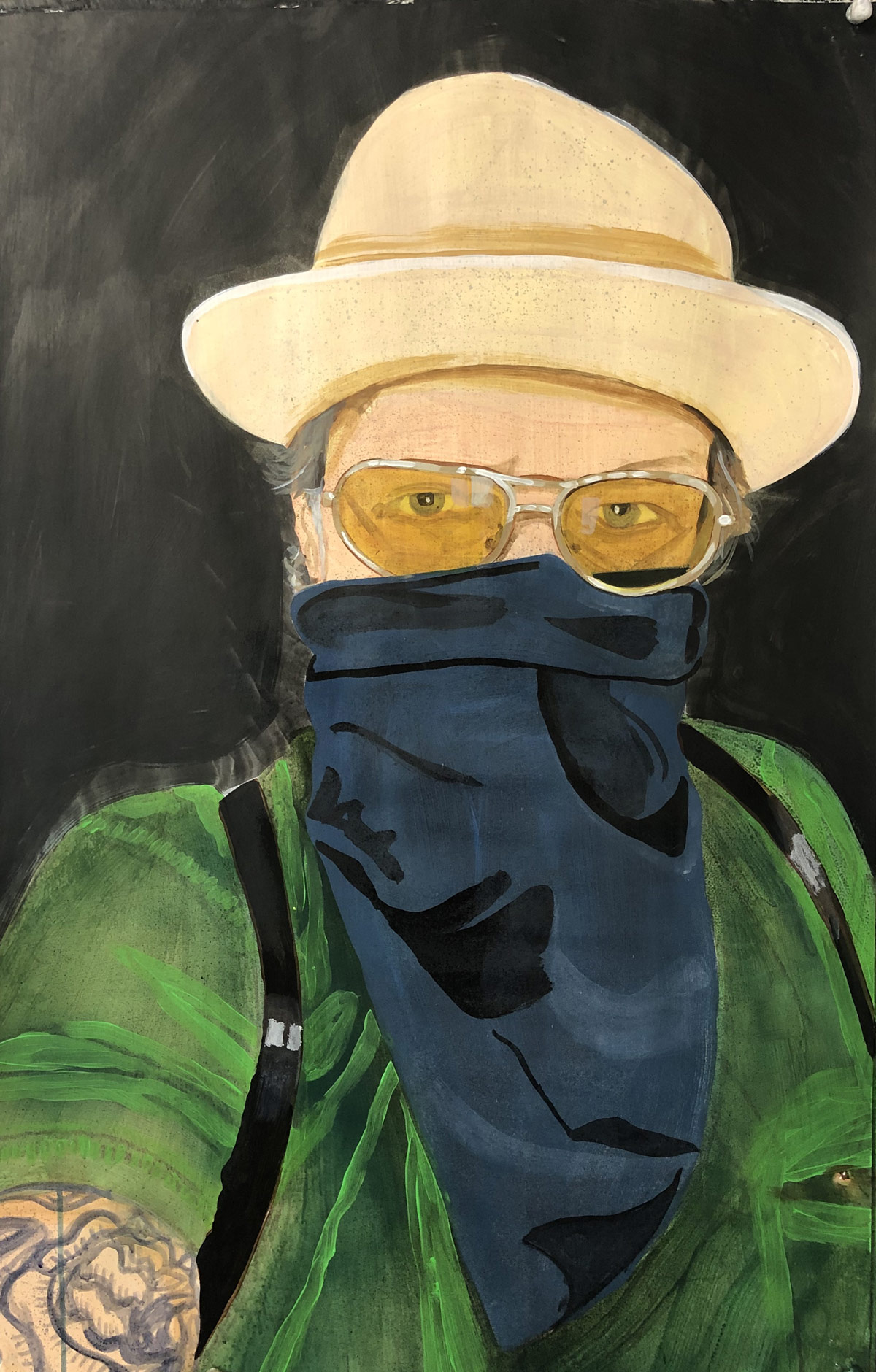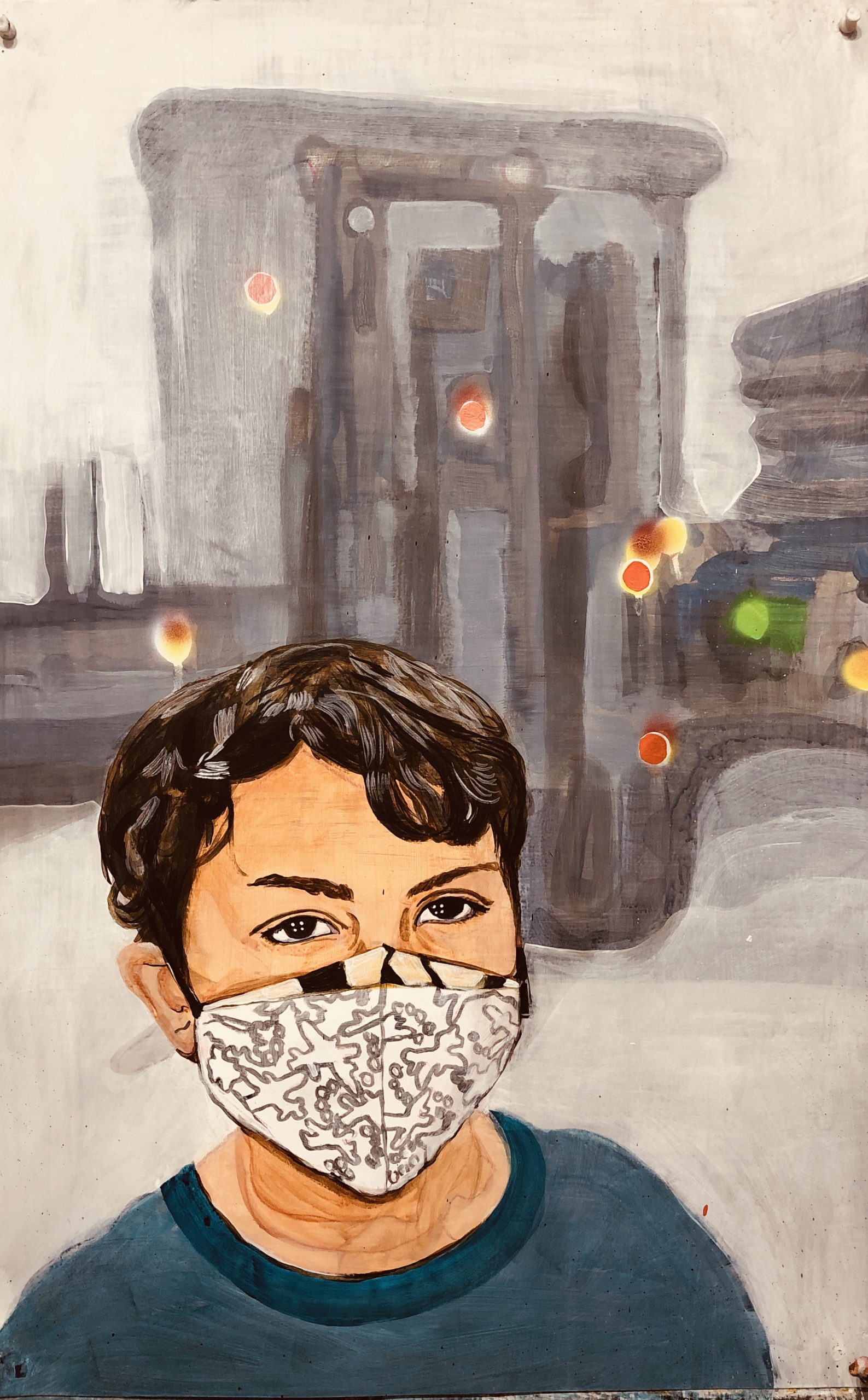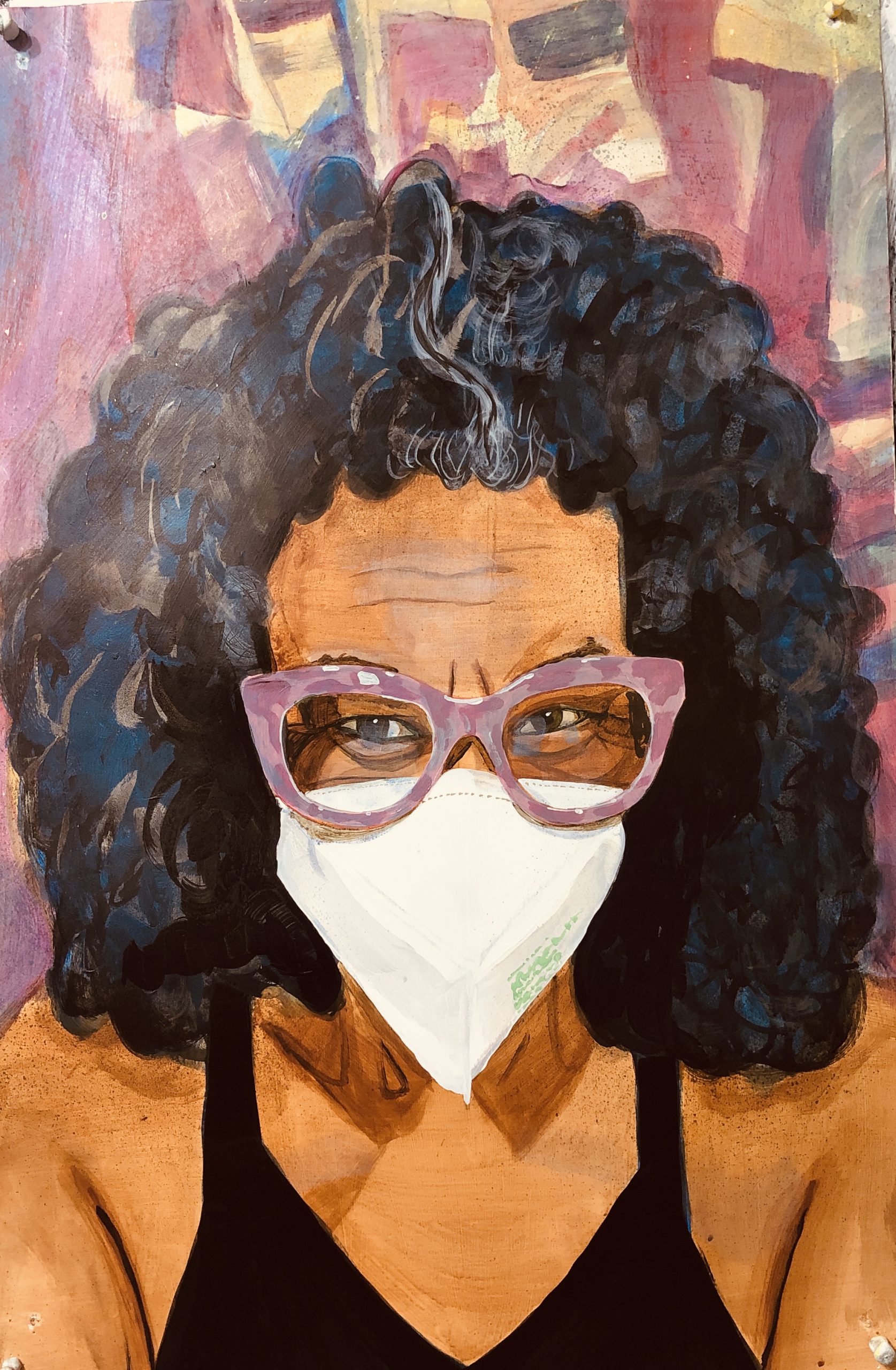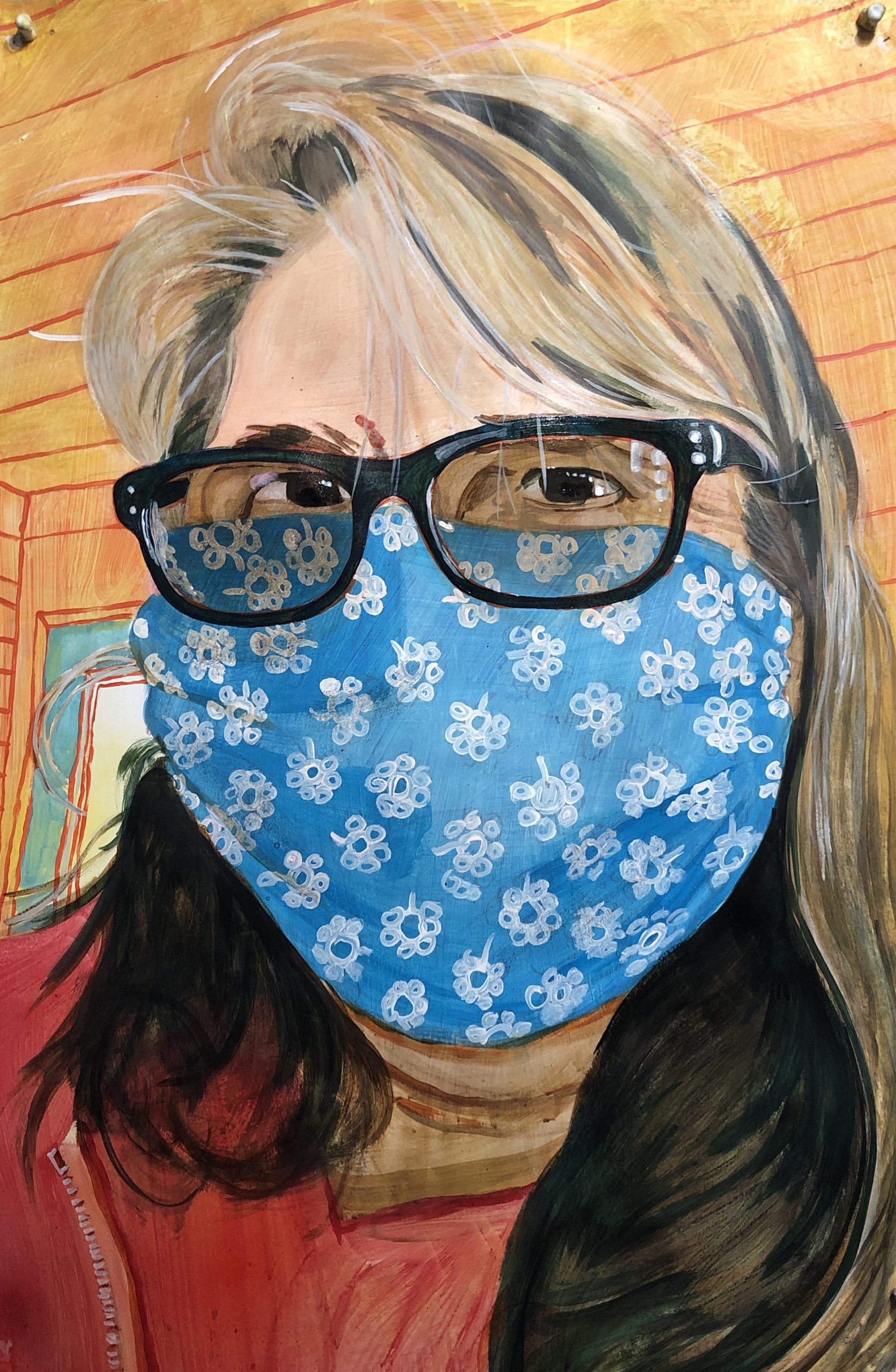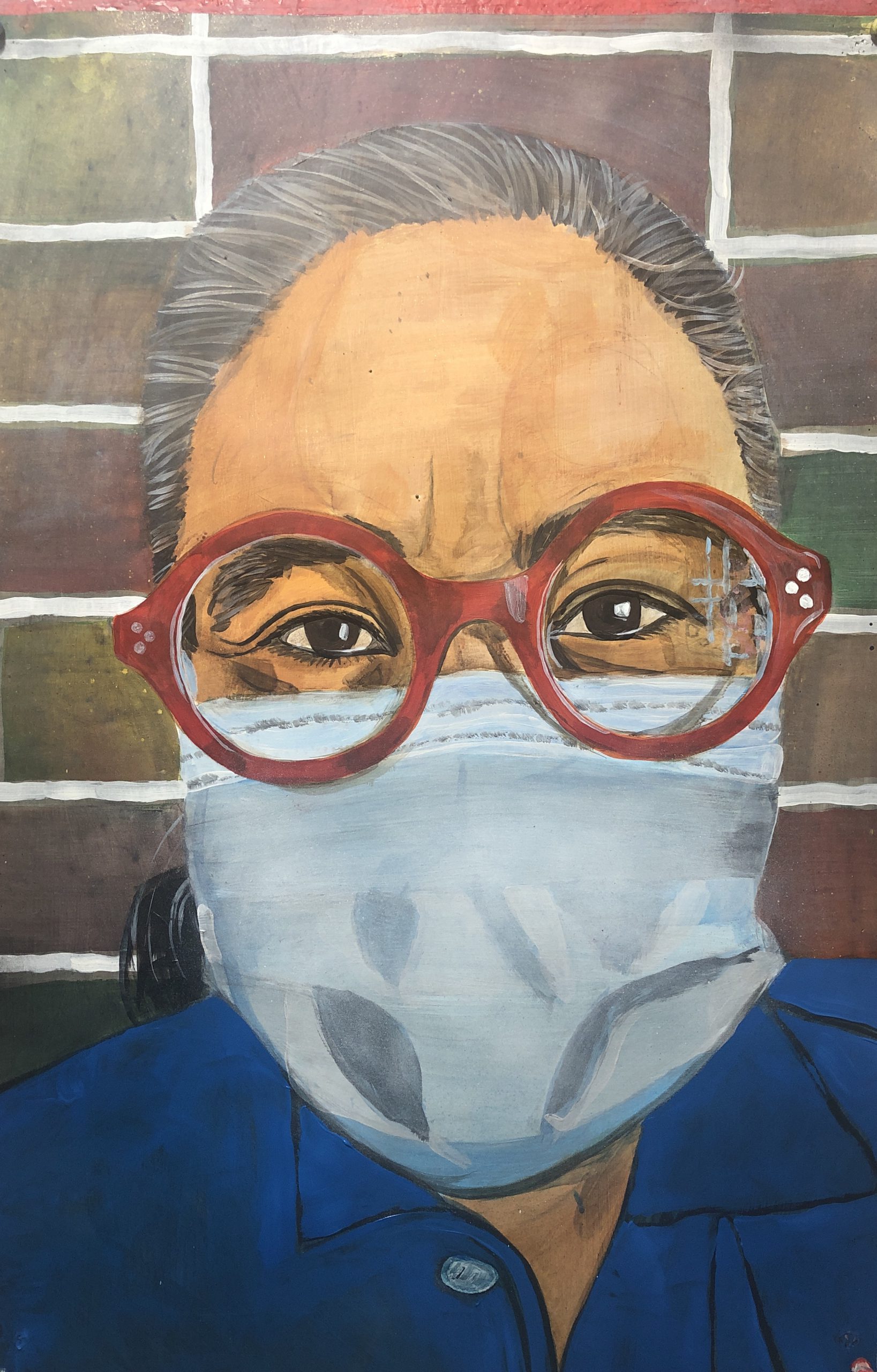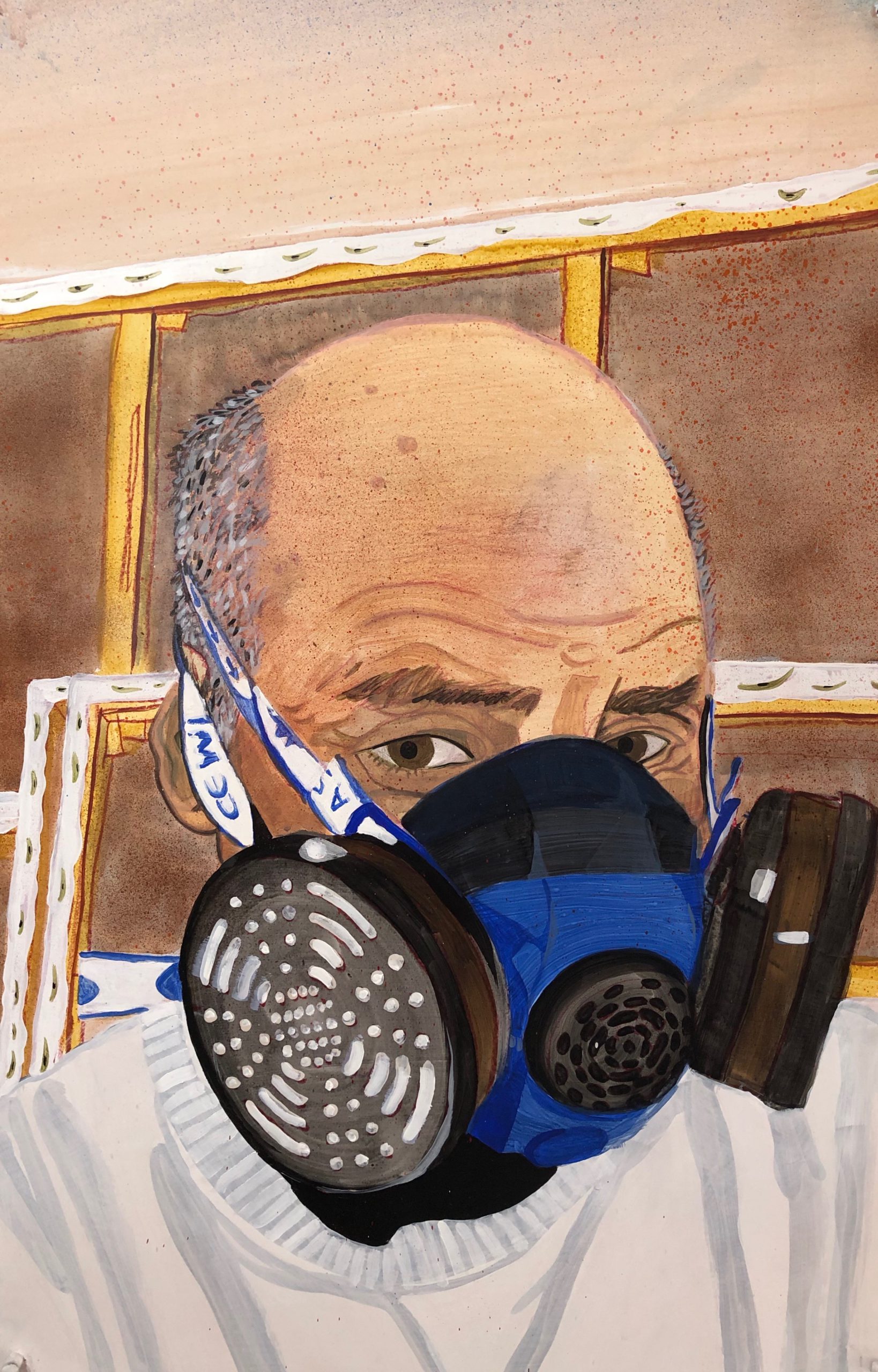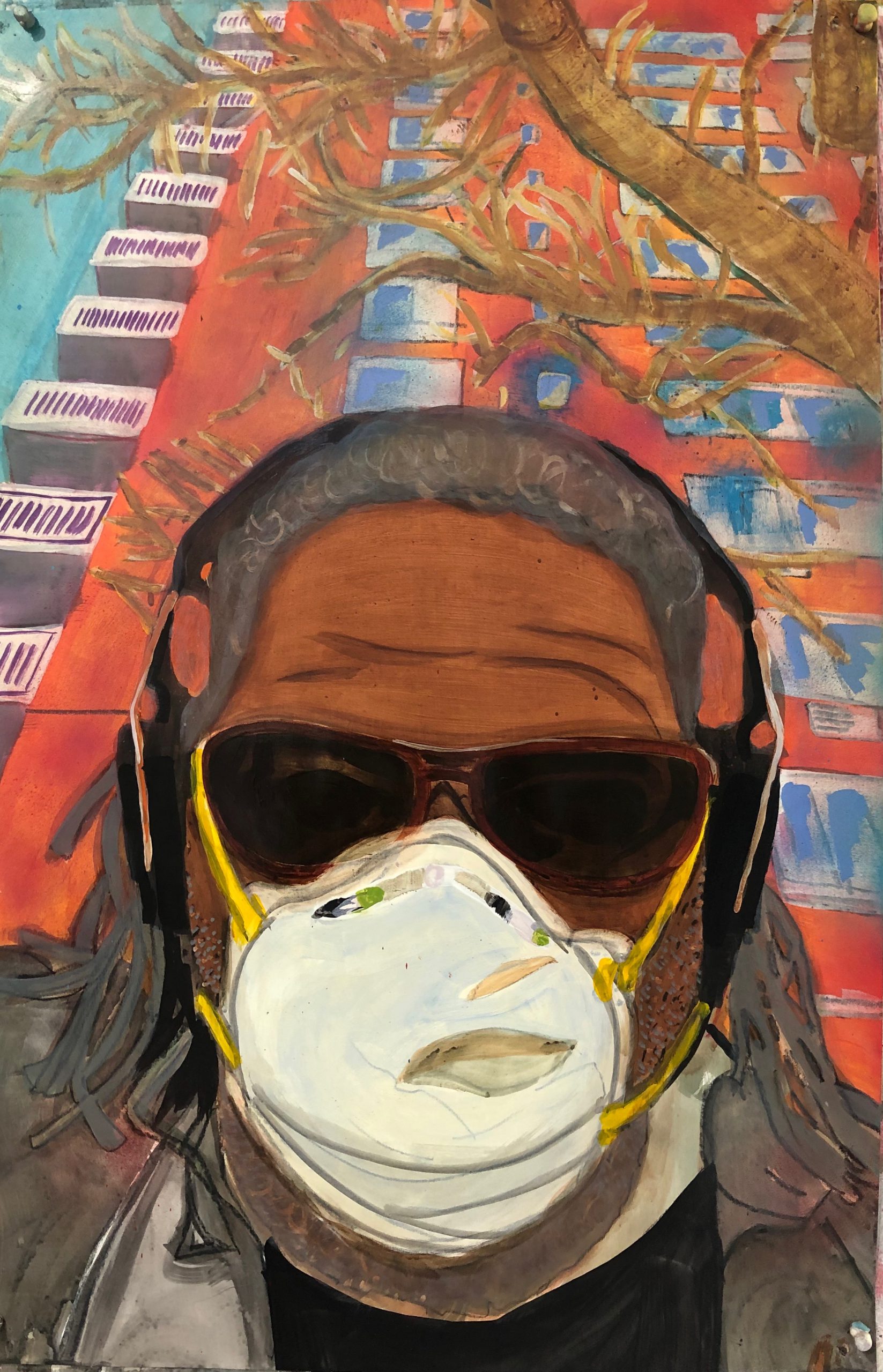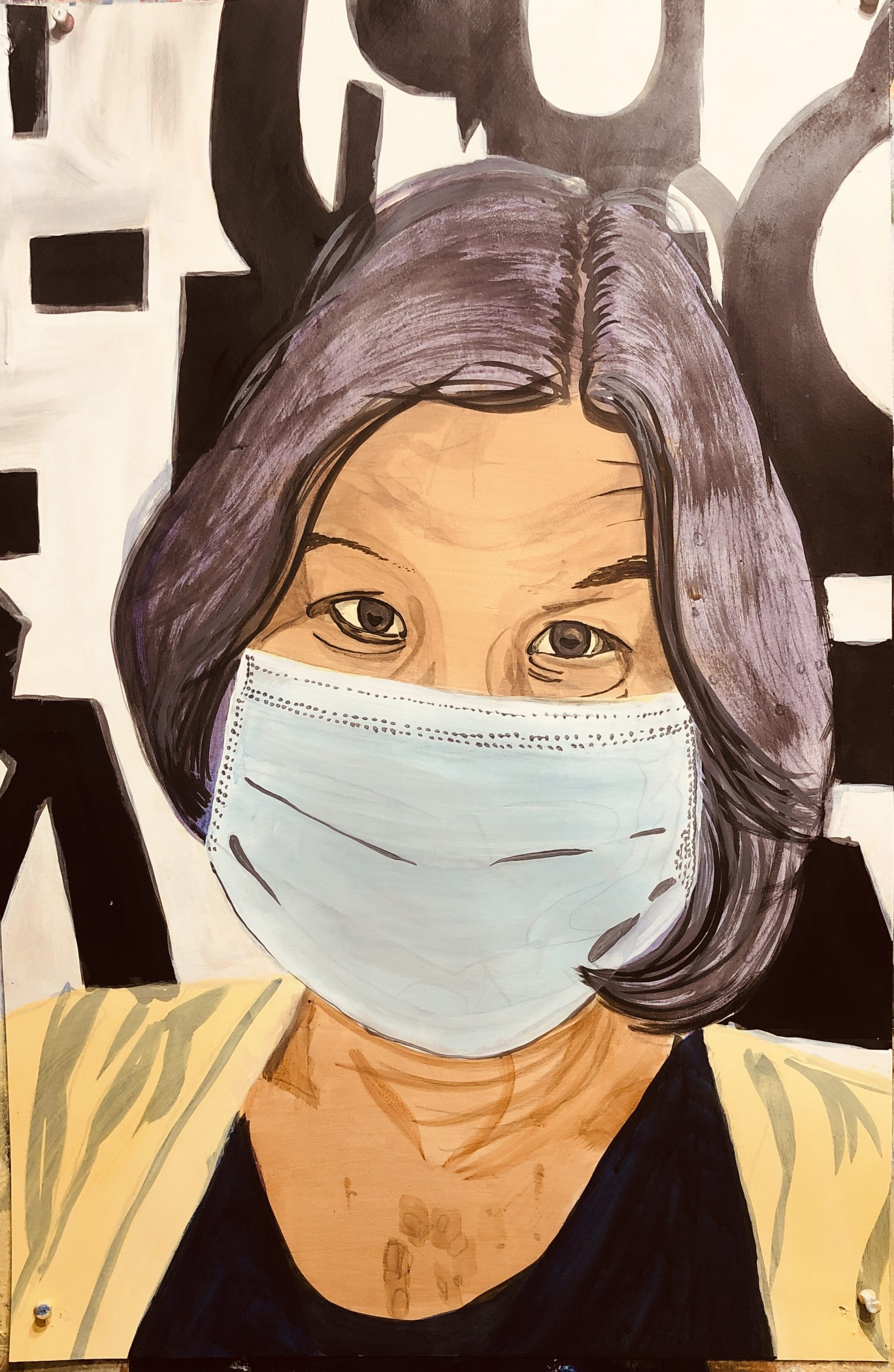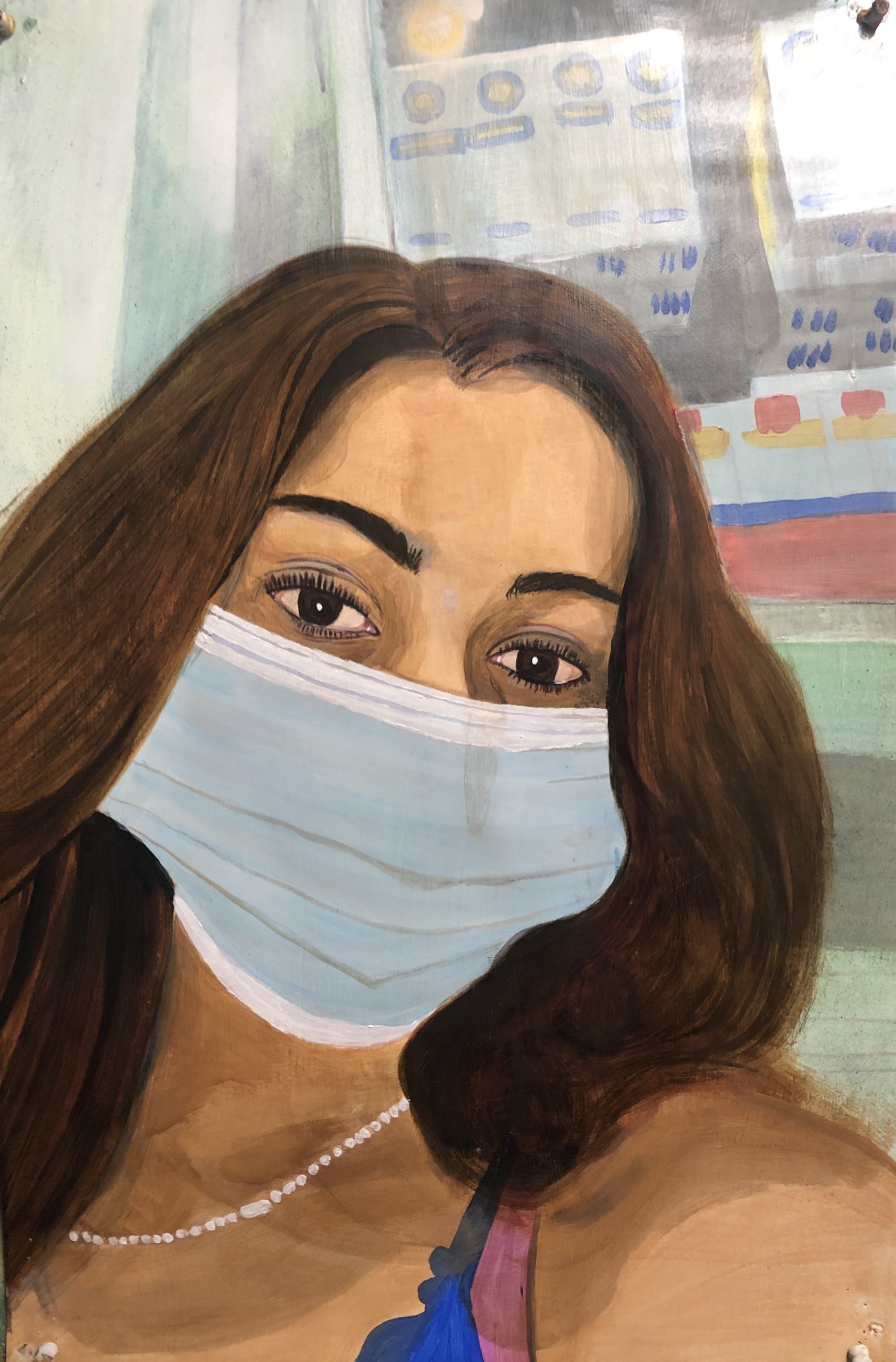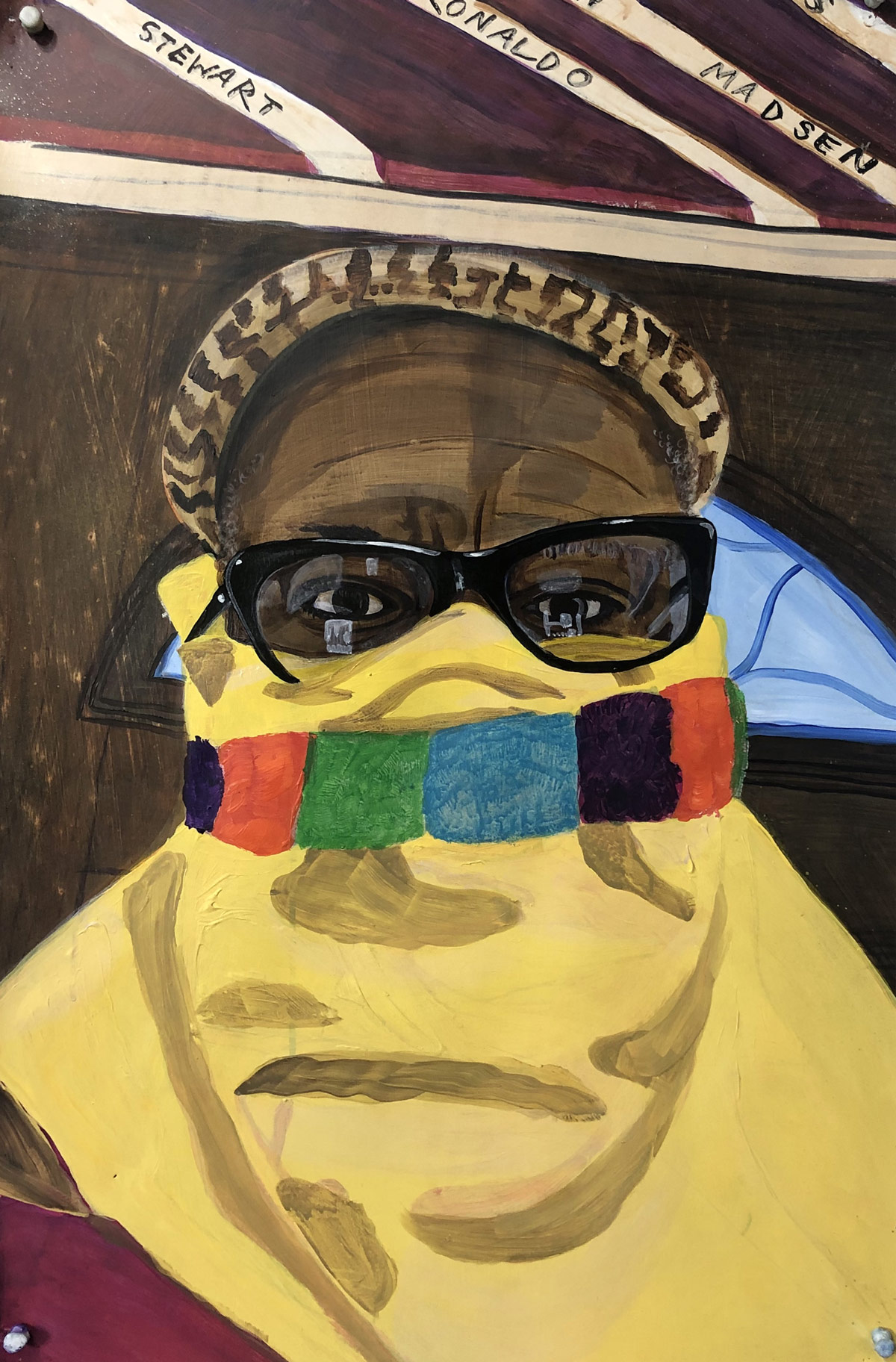This is not a gag
In the winter of 2020 the world changed as the first mention of the deadly virus began to enter the news cycle. In Wuhan, China, Covid-19 – a highly transmittable, and potentially deadly form of coronavirus – ripped through the country and soon began to spread globally. In those early moments we had no idea that it would shut the world down. In the United States, one after another, states began to close, issuing shelter in place orders and requiring face masks be worn in public. The words and phrases isolation, quarantine, social distancing, and pandemic became part of our daily vocabulary. Businesses, museums, and even Broadway shuttered their doors, as zoom teleconferencing became our way to connect.
As the pandemic began, surgical masks were near impossible to find, so people started to do what they do best – improvise. And before you know it, people showed creative ways they were covering their faces to keep the respiratory droplets at bay. These techniques ranged from bandanas and hand-sewn creations, to torn tee-shirts, etc. The masks, made to protect us, also distanced us, covering our faces and our expressions. However, they also allow people to exercise their freedom of speech – with masks signaling “vote” or “black lives matter” – and their freedom of style.
In March, just as things got really bad in the U.S., Los Angeles, California-based painter Richard Nielsen began painting images of people in their masks. Nielsen’s recent works were about digital data and image transmission. His paintings, often begin with his photos, those from friends, and others from social media, and explore the way we relate to representation in the digital media age. The impetus for this body of work came as Nielsen was getting gas and caught his reflection in the gas station window – realizing his masked face was the new normal. He immediately went home and started taking selfies of himself in his mask – stretching his arms out to three feet, in effect mimicking the six-foot social distance bubble that we would become all too familiar with.
Meanwhile, in the outside world the mask had become political, anti-maskers abounded and others took the mask as a sign of our civic responsibility to our fellow humans. This adds meaning to a piece of cloth, and gives gave Nielsen’s paintings additional significance, allowing him to imbue the subject’s personality and beliefs into their portrait. This led Nielsen to start asking his friends and colleagues to send them their own selfies in their masks, which he then began to paint. For Nielsen, the mask creates an abstract surface on the face, one that his subjects can use as self-expression, while also creating a surface that he can play with in paint. The images are full of expression, they surprisingly show the essence of each human, even when we cannot see their whole face.
When Nielsen shared his first images with MASS MoCA curator Denise Markonish, she started to gather mask selfies from Museum employees, exhibiting artists and friends. And now, MASS MoCA is bringing the first set of forty-eight paintings to its galleries. The grouping is hung in a grid, like an epic zoom call, a temporary community united, yet still apart, in this very peculiar moment. Participants including artists familiar to MASS MoCA such as Nick Cave, Bob Faust, Marcos Ramirez Erre, Shaun Leonardo, Mary Lum, Kim Faler, and Helga Davis, alongside art critics Phong Bui and Suzanne Lacy, MASS MoCA staff, and Nielsen’s friends (including members of the Metabolic Studio, whose work is also on view at MASS MoCA).
In the end, Neislen’s paintings drive home the point of resilience in this moment where everything feels so out of control. He paints with both gesture and assuredness, always focusing on a fierceness in the eyes of his subjects. Their faces may be covered but the variation in masks and the looks in everyone’s eyes speak volumes about our current moment. These paintings are not about the pandemic per se, but about our human nature, which continues on.
Denise Markonish, curator, Mass MOCA
massmoca.org

